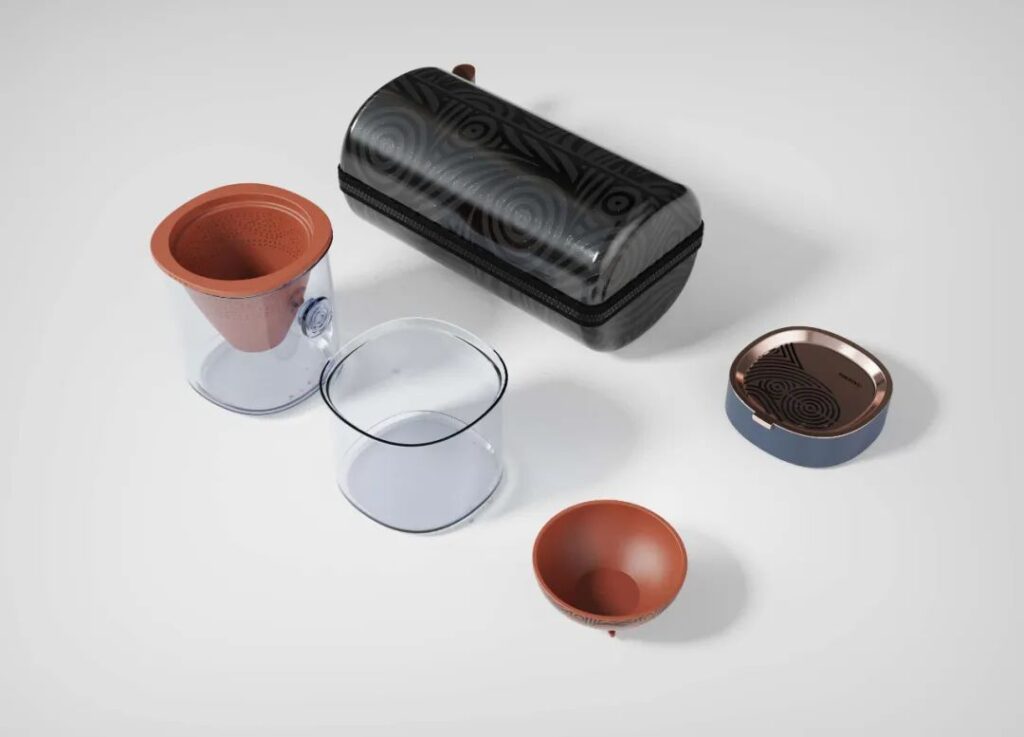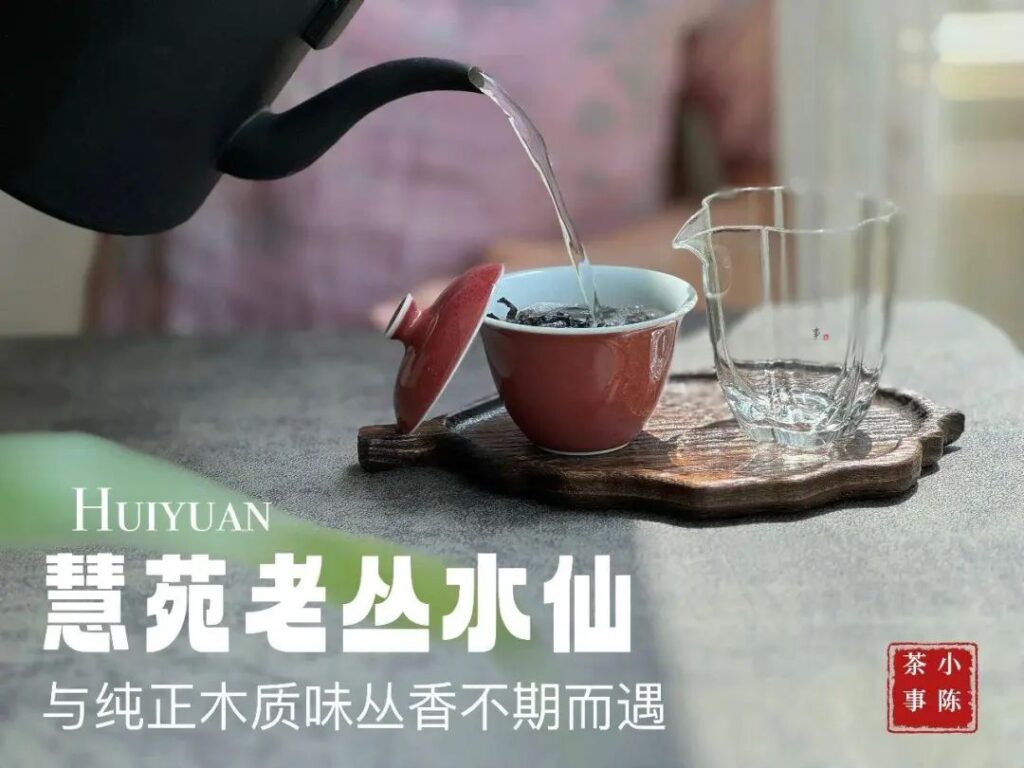Hello everyone, I am Ba Shu, a seasoned tea connoisseur. In the hustle and bustle of modern life, tea tasting has become a way for people to slow down and return to inner peace. Tea is not just a beverage; it carries a profound culture and philosophy. Tea utensils, as indispensable companions in the process of tea tasting, have long transcended their practical value and become a symbol of art and spirit. This article will take you into the world of tea utensils to explore their profound significance in tea culture.
The Harmonious Coexistence of Tea and Utensils The relationship between tea and utensils is as close as the relationship between water and tea. Water awakens the spirit of tea, while utensils nurture the flavor of tea. In traditional Chinese culture, tea utensils are not just tools for brewing tea; they are an essential part of the art of tea tasting. There is an ancient saying: ‘A gentleman is not a utensil.’ The realm of tea is not in the ‘utensil’ but in the ‘spirit.’ Good tea utensils are not for showing off but for a more beautiful and elegant tea tasting experience. Tea Utensils Used by Beginners Ancient Chinese literati pursued the refinement of tea utensils, integrating their extraordinary interests into the details of daily life. Each tea utensil has an elegant name, such as ‘Gui Jie,’ ‘Lu Chen,’ and ‘Zhu Chun.’ These names are not only interesting but also show the literati’s meticulous observation and pursuit of perfection in things. In the eyes of literati, tea utensils have transcended the realm of practicality and become a spiritual sustenance and symbol. Through tea utensils, literati sought a natural, simple, and tranquil state of mind. Regarding tea tasting, the ancients believed that ‘exquisite utensils enhance the color of tea,’ with tea and utensils complementing each other to create the beauty of tea tasting. The Relationship Between Tea Utensils and Tea Flavor Different tea utensils present different tea flavors. In the Ming Dynasty, Gao Lian emphasized that ‘porcelain and sand are the best, followed by copper and tin,’ pointing out the impact of different material tea utensils on tea flavor. Types and Characteristics of Tea Utensils There are many types of tea utensils, which can be divided into materials such as purple sand, pottery, porcelain, metal, and glass. Each material has its unique characteristics and suitable types of tea, affecting the color, aroma, and taste of tea. The Unique Charm of Purple Sand Utensils Purple sand utensils, with their unique dual-pore structure, have good air permeability and can absorb odors from tea soup, making the tea taste more mellow. The color of purple sand utensils is warm and moist, and their shape is simple and ancient, which has good ornamental and collection value and is loved by tea enthusiasts. The diversity of purple sand clay colors and the matte effect after firing make it stand out among tea utensils. Suitable for brewing tea types: suitable for brewing oolong tea Pu,’er tea, and other tea types that require high temperature and long soaking time. The Natural Charm of Pottery Utensils Pottery tea utensils have a high porosity rate and good water permeability, which can absorb some tannic acid from the tea soup, making the tea soup taste more mellow and showing a simple and unadorned natural charm.Unglazed pottery boasts excellent breathability, while glazed pottery offers better insulation and aesthetic appeal, adding a unique charm to the tea-drinking experience. Applicable tea types: Suitable for brewing green tea and white tea, which require lower temperatures and shorter infusion times. Pottery and porcelain tea sets are known for their good insulation and non-absorption of tea fragrance, making them suitable for quick brewing. Porcelain tea sets, with their dense and transparent body and a variety of glaze colors, can well highlight the color of tea soup, becoming an important member of tea utensils. Applicable tea types: Suitable for brewing black tea, green tea, flower tea, and other types of tea, especially those with bright colors. Metal tea sets, made of materials like gold, silver, copper, and tin, are not only exquisitely shaped but also practical. Metal tea sets have moisture-proof and anti-oxidation properties, and good heat conduction, allowing for rapid heating of tea water, making them the preferred choice for royal utensils in ancient times. Applicable tea types: Suitable for brewing tea that requires quick brewing, such as green tea and yellow tea. Glass tea sets embody the beauty of transparency, not absorbing tea fragrance, easy to clean, and their transparent material allows tea drinkers to directly observe the color of tea soup and enjoy the changes in tea soup, emphasizing the ‘aroma’ and ‘taste’ of tea, becoming a new favorite in modern tea utensils. Applicable tea types: Suitable for brewing green tea, flower tea, and other tea types with clear and transparent colors, also suitable for observing the unfolding of tea leaves in water. With the development of the times, tea utensils are also continuously innovating. Modern designers combine traditional and modern elements to create tea utensils that are both practical and artistic. The Mondrian cat cooler set from German brand Porzellan, is not just a tool for tasting tea, but a combination of art, philosophy, and life. Each type of tea utensil has its unique charm and applicable scenarios. Choosing the right tea utensil can better experience the color, aroma, and taste of tea. In the fast-paced modern life, tea utensils remind us to slow down, to savor the taste of life with a quiet heart, and to experience the sweetness hidden in the astringency. In the world of tea utensils, we can find tranquility, aesthetics, and wisdom. Let us not only taste the richness of tea but also the philosophy and art of life while enjoying our tea.


